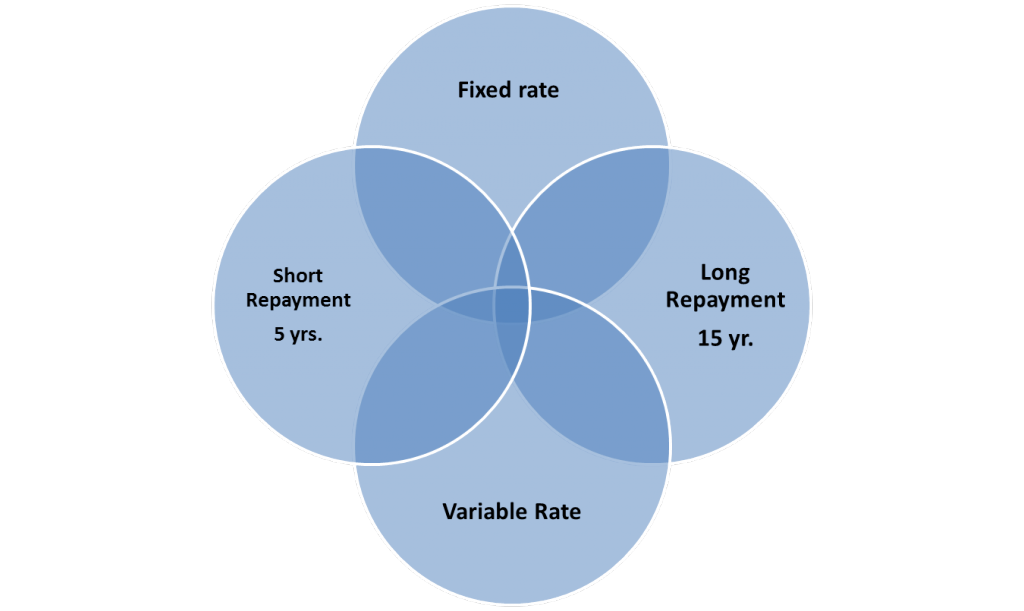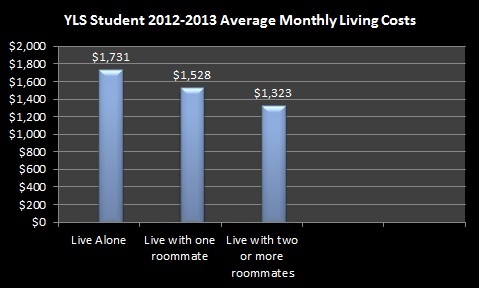Remember the basic premise of the vintage game show “Let’s Make A Deal” – you win a prize but then are asked if you want to keep what you have or trade it for another unknown prize that may or may not be better than what you originally had. That’s basically the scenario you are faced with when considering refinancing or consolidating your student loans.
Right now you know how much you borrowed on each loan, you know the interest rate on that loan and if you use the handy Department of Education Loan Estimator you can project (depending on what repayment plan you choose) what that means in terms of a monthly payment, as well as total interest and principal paid over the life of the loan. But what happens when you are facing the decision of refinancing or consolidating your student loans?
First a little background… historically the only vehicle to refinance or consolidate has been the federal Direct Consolidation Loan under which all your federal loans are basically bundled (not unlike a cable/internet/wireless phone package) to create one “mega” loan with a new interest rate based on the weighted average interest rate (from all your individual loans) rounded up to the nearest 1/8th of 1%. Since it is a weighted average rate in some cases (if your overall loan portfolio is made up of loans at high interest rates – like the Grad Plus) you may actually end up paying more over the life of the loan then if you kept the loans individual. You also lose the ability to triage your loans and pay down the highest interest loans first if they are now combined. But for some people the idea of managing multiple loans (1 or 2 for every year of Law School) makes a consolidation seem like a manageable benefit. In addition because it’s still a federal loan you still get the advantage of multiple repayment plan options, the ability to switch plans, can still participate in Public Service Loan Forgiveness, and have generous options for medical and economic forbearance.
But evolving on the student loan landscape over the last couple of years have been lending agencies that will refinance your federal student loans. Some of these agencies are traditional “bank” lenders and others are new ventures created just for the refinancing opportunities. Many of these new companies operate somewhat on a crowd sourcing model where company investors and borrowers are connected with one another for mutual benefit. Many offer borrowers the chance to build their own community for their personal and professional advancement through social and networking events. It’s a new and very different way of looking at student loan repayment and very well may be the wave of the future.

In refinancing the borrower upfront likely makes two critical decisions: 1) which loan term (i.e. 3 of years to repay the loans) and 2) the choice between a variable and fixed rate. These two decisions are actually interconnected in that the combination of choices drives the ultimate loan payoff amount. A fixed rate (more than likely higher than a variable) partnered with a long repayment term (say 15 years) is always going to yield a more expensive loan repayment than the variable rate at a short repayment (say 5 years). But what if you have a fixed rate on a short repayment vs. a variable rate on a long repayment- that combination may be much harder to analyze. Also with private refinancing your interest rate (whether fixed or variable) is going to be based on your credit (good credit = low rate and not so good credit = higher rate). So depending on what your interest rate turns out to be also drives which combination of the choices will be most advantageous to you.
Weighing the overall value of the fixed vs variable rate is also challenging. The fixed rate will be higher but will be stable throughout the life of loan making long term projections of repayment far more accurate. The variable rate may provide a financial gain over the life of the loan but given that the rate will change makes projections far more “guestimates”
The only way to really assess what to do with your loan among the choices of: 1) keep as is, 2) consolidate or 3) refinance is to try to do a side by side comparison of the following factors: your monthly payments, years in repayment, your total cumulative payments and your total interest paid over the life of the loan. Talk to present loan servicer, talk to the Department of Education’s Loan Consolidation Information Center and your potential private refinancing lender and make sure you understand fully the terms of each decision.
Finally… let’s talk about the elephant in the loan repayment room… COAP. Beginning in the January 2015 COAP cycle, federal loans refinanced through private lenders (that meet our definition of a “private refinanced student loan”) will be allowed into COAP. And while that sounds like a great development (i.e. if you get a significantly lower interest rate in refinancing you will pay less in your loan repayment) remember that that also means that we recalculate your COAP eligible loan balance at that new lower interest rate for a new (presumably lower) annual payout. . That lower annual payout minus your participant contribution based on income will equal a decreased annual COAP award. More significantly it may mean that you will reach the “income out” threshold (that point where the annual payout equals your assessed participant contribution) at a lower income level.
Lots of options, variables need to be analyzed and evaluating in this refinance/consolidate or not decision. Welcome to Let’s Make A Deal.
Want more information on federal consolidation and/or private refinancing of your student loans. See our FAQ on this topic, review the COAP Policy and Procedure Manual and join us for a webinar “ Frequently Asked Questions –Federal Loan Consolidation and Refinancing (and COAP!” ) on Friday, October 17th from 12:00-1:00 PM EDT (registration info) .




